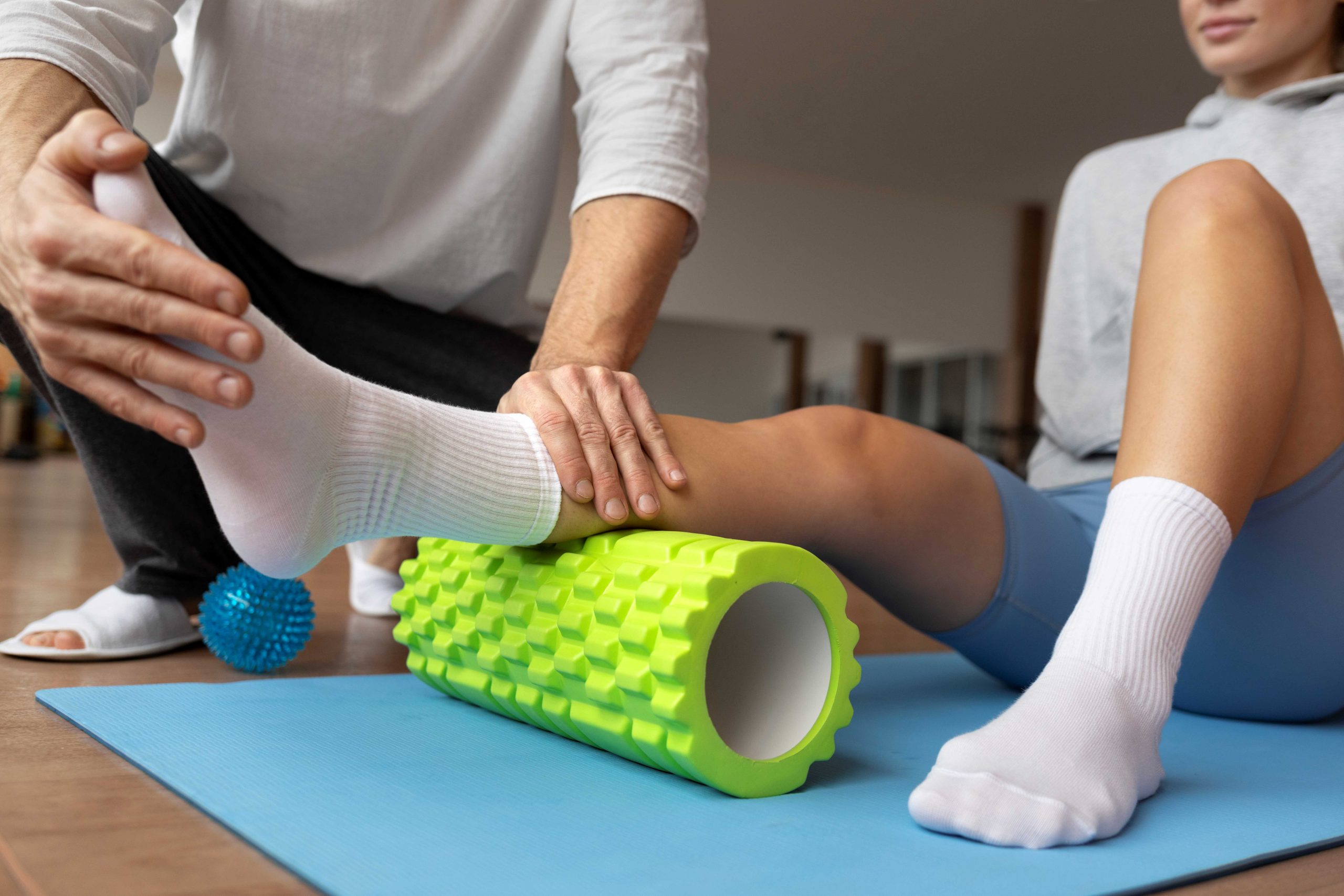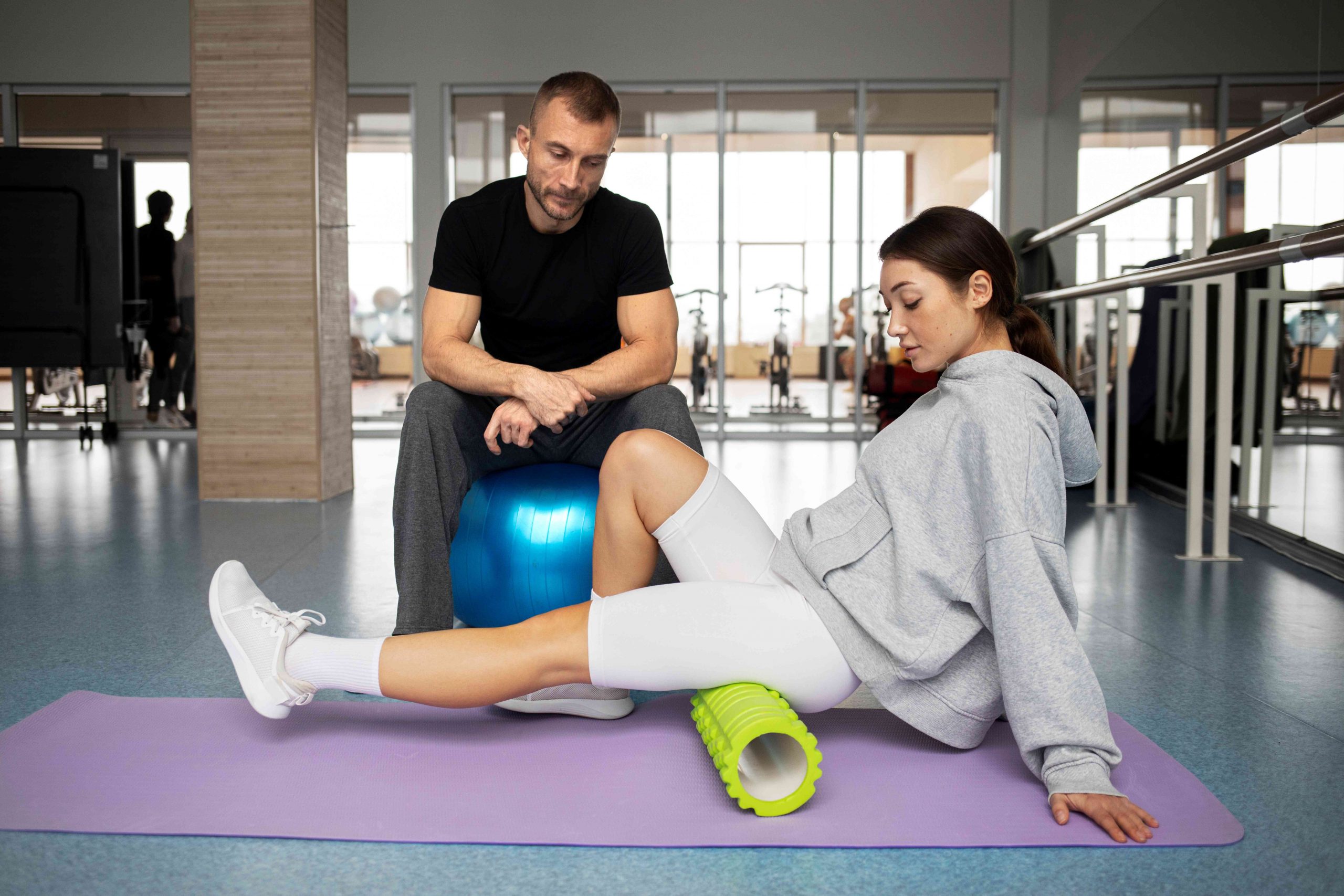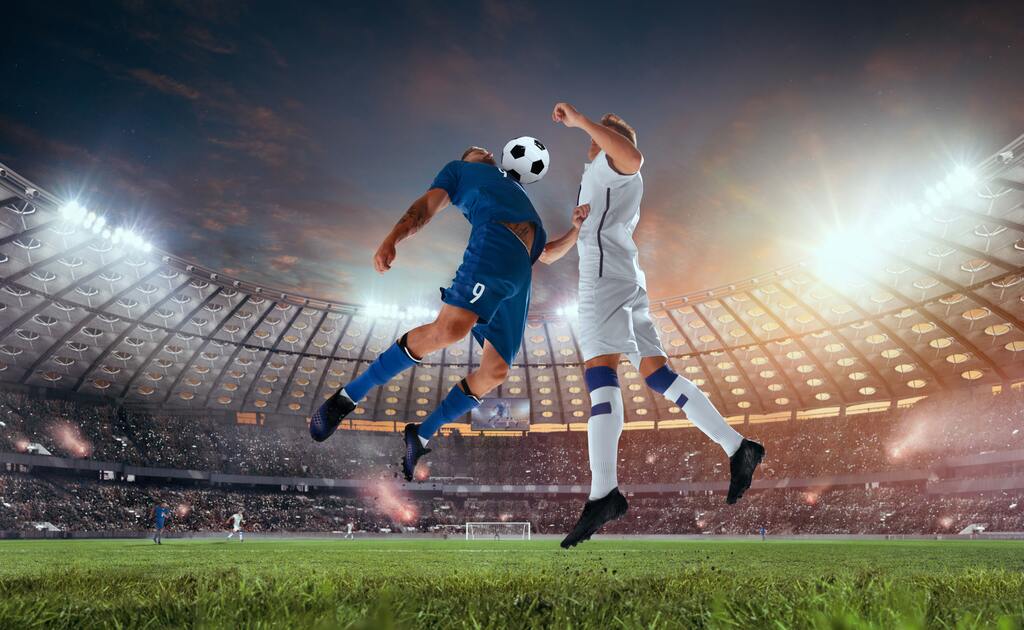Sports play a role in people’s lives whether they are professional athletes or simply engaging in weekend activities to stay fit. However the risk of injury is always present. While physical therapy has traditionally been associated with injury recovery its benefits extend beyond that.
In this article we will explore how physical therapy does not aid in rehabilitation but also enhances sports performance by making athletes more resilient, competitive and successful in their chosen sports.
Intersection of Performance and Rehabilitation
Stress relief massage therapy has evolved to bridge the gap between performance and rehabilitation within the realm of sports. Implementing strategies improves capabilities and helps prevent injuries, ultimately elevating overall sports performance.
1. Bridging the Gap
Traditionally viewed as a means for injury recovery and rehabilitation, physical therapy now goes beyond those boundaries.
Athletes who sustain injuries often seek out the expertise of therapists to regain strength, mobility and functionality. Modern sports science and therapy have intertwined rehabilitation with performance enhancement.
Physical therapists have become members of sports teams and athletes support networks. They collaborate closely with coaches, trainers and athletes themselves to optimize performance while also focusing on injury prevention.
The transition, from a reactive to an approach is revolutionizing our perception of the role of therapy in sports.
2. Injury Prevention: The First Line of Defense
One of the ways in which physical therapy enhances sports performance is by focusing on injury prevention. Athletes are susceptible to types of injuries ranging from sprains and strains to severe conditions like ligament tears and fractures.
A skilled and qualified physical therapist can assess an athlete’s movements, identify weaknesses or imbalances and develop a program to address these concerns.
By addressing these vulnerabilities physical therapists help athletes minimize the risk of getting injured. This is especially crucial in sports that have injury rates, such as soccer, football and basketball.
By staying free from injuries athletes can consistently. Compete at their best thereby improving their chances of achieving success.

Enhancing Athletic Performance
Enhancing performance through therapy involves optimizing biomechanics while building sport specific strength and endurance tailored to individual athletes needs. This enables athletes to gain an advantage and unlock their potential.
1. Optimizing Biomechanics
An element in sports performance is optimizing biomechanics—the study of how the body moves. Physical therapists carefully analyze an athlete’s movement patterns to identify any inefficiencies or imbalances that may impact their performance or increase the likelihood of injury occurring.
Physical therapists play a role in helping athletes enhance their biomechanics through targeted exercises and hands-on therapy. This process may involve strengthening muscle groups, improving flexibility and rectifying posture.
By optimizing their biomechanics athletes can boost their power output, move efficiently and minimize the strain on their bodies during training and competition.
2. Enhancing Strength and Endurance
Additionally building strength and endurance forms the foundation of performance. Physical therapists collaborate closely with athletes to design training programs that focus on enhancing both muscle strength and functional power.
These tailored programs cater to the requirements of each sport and position.
For instance a baseball pitcher might concentrate on developing shoulder and core strength to enhance throwing velocity while a long distance runner may prioritize leg strength and cardiovascular endurance.
By following these targeted regimens athletes can excel in their sports while gaining an edge.

Mental Resilience: A Hidden Benefit
Physical therapy extends beyond the aspects of performance. It also plays a role in bolstering resilience. Injuries can take a toll on athletes mentally leading to frustration, anxiety and even depression.
Physical therapists often serve as both emotional pillars of support for athletes during their recovery.
By assisting athletes in navigating the challenges that come with injuries physical therapists contribute to their fortitude.
Athletes learn to maintain focus, set goals and develop the strength needed to bounce back from setbacks. This mental toughness proves invaluable in sports as it enables athletes to perform at their best under pressure.
Future of Sports Performance
Athletes can anticipate innovative approaches to enhancing their performance both on and off the field thanks to advancements such as motion capture systems and holistic support networks.
1. Technological Advancements
The field of therapy is constantly evolving, driven by advancements in technology. Tools, like motion capture systems, wearable sensors and virtual reality are being seamlessly integrated into physical therapy practices.
These cutting edge technologies provide data that can be utilized to tune an athletes training regimen while also tracking progress effectively.
For instance motion capture systems possess precision when analyzing an athlete’s movement patterns and biomechanics allowing for targeted interventions.
Virtual reality has the potential to revolutionize rehabilitation exercises by creating experiences that make therapy more engaging and effective.
With advancements the opportunities to enhance sports performance through physical therapy are virtually limitless.
2. Interdisciplinary Collaboration
One exciting trend, in the realm of sports performance is the growing collaboration between fields. Physical therapists are now working closely with strength and conditioning coaches, nutritionists and sports psychologists to develop programs that optimize athletes performance.
This interdisciplinary approach recognizes that an athlete’s performance is influenced by factors, including fitness, mental well being and proper nutrition.
By bringing together experts from domains athletes can receive rounded support that addresses all aspects of their performance.
Conclusion
physical therapy goes beyond injury rehabilitation; it has become a tool for enhancing sports performance. Through injury prevention strategies, optimizations and fostering resilience physical therapists play a crucial role in helping athletes reach their fullest potential.
Real world examples and advancements in technology showcase how significant physical therapy is for improving sports performance today—promising exciting developments, in the future.
As athletes continue pushing boundaries and striving for performance levels the role of therapy will only grow more prominent within the field of sports.
Whether you’re someone who competes professionally or simply enjoys sports on the weekends collaborating with a therapist can prove instrumental, in unleashing your maximum athletic capabilities.
Keep in mind that physical therapy goes beyond recovery—it serves as a pathway to achieving milestones throughout your sports endeavors.



